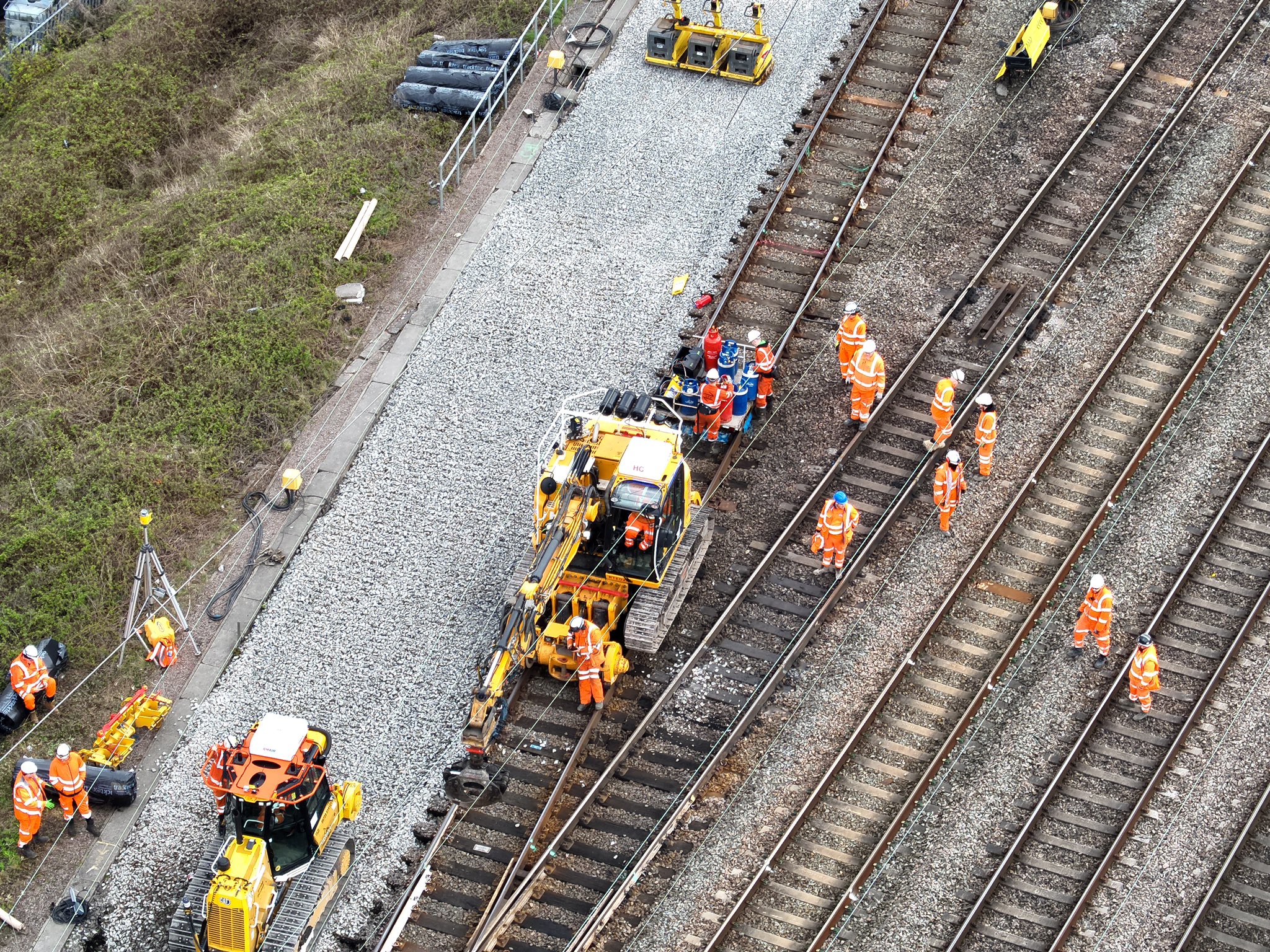 Network Rail has awarded signalling contracts to six companies as part of the 10-year plan worth GBP 4 billion (EUR 4.67 billion) to equip the infrastructure with modern equipment bringing greater reliability across the country through a mixture of traditional signalling and digital control.
Network Rail has awarded signalling contracts to six companies as part of the 10-year plan worth GBP 4 billion (EUR 4.67 billion) to equip the infrastructure with modern equipment bringing greater reliability across the country through a mixture of traditional signalling and digital control.
From Carlisle to Brighton, Network Rail’s £4bn, 10-year signalling plan will change the face of Britain’s railway, with modern equipment bringing greater reliability across the country through a mixture of traditional signalling and digital control.
The framework runs from 2024 until 2034 and includes GBP 3 billion (EUR 3.5 billion) for digital signalling and GBP 1 billion (EUR 1.17 billion) for conventional signalling, under its Train Control Systems framework.
The signalling contracts have been awarded over two lots:
Lot 1: Conventional signalling
- Alstom
- AtkinsRealis
- Hitachi
- Siemens
Lot 2 – Digital signalling (using ETCS technology)
- Alstom
- AtkinsRealis and CAF
- Siemens
- Thales and VolkerRail
The Train Control Systems framework replaces the previous major signalling frameworks and has been designed to bring new ways of working between Network Rail and its signalling delivery partners.
“Our new train control systems framework brings a positive change in approach to how we work with suppliers for the provision of signalling services. We will all be working much more collaboratively with each other and our relationships will feel like partnerships,” Clive Berrington, Network Rail’s Group Commercial & Procurement director said.
As well as greater collaboration between Network Rail and its partners, another change is the way partners will be selected and awarded work. The new Network Rail Allocation Group will match partners to signalling projects based on a range of factors. This approach will help to reduce peaks and troughs of workloads for the partners.
Among the initial signalling projects set to be delivered under the framework are the Midlands Rail Hub, Digital signalling for the TransPennine Route Upgrade and Digital signalling for the TriLink Programme.
Share on:



